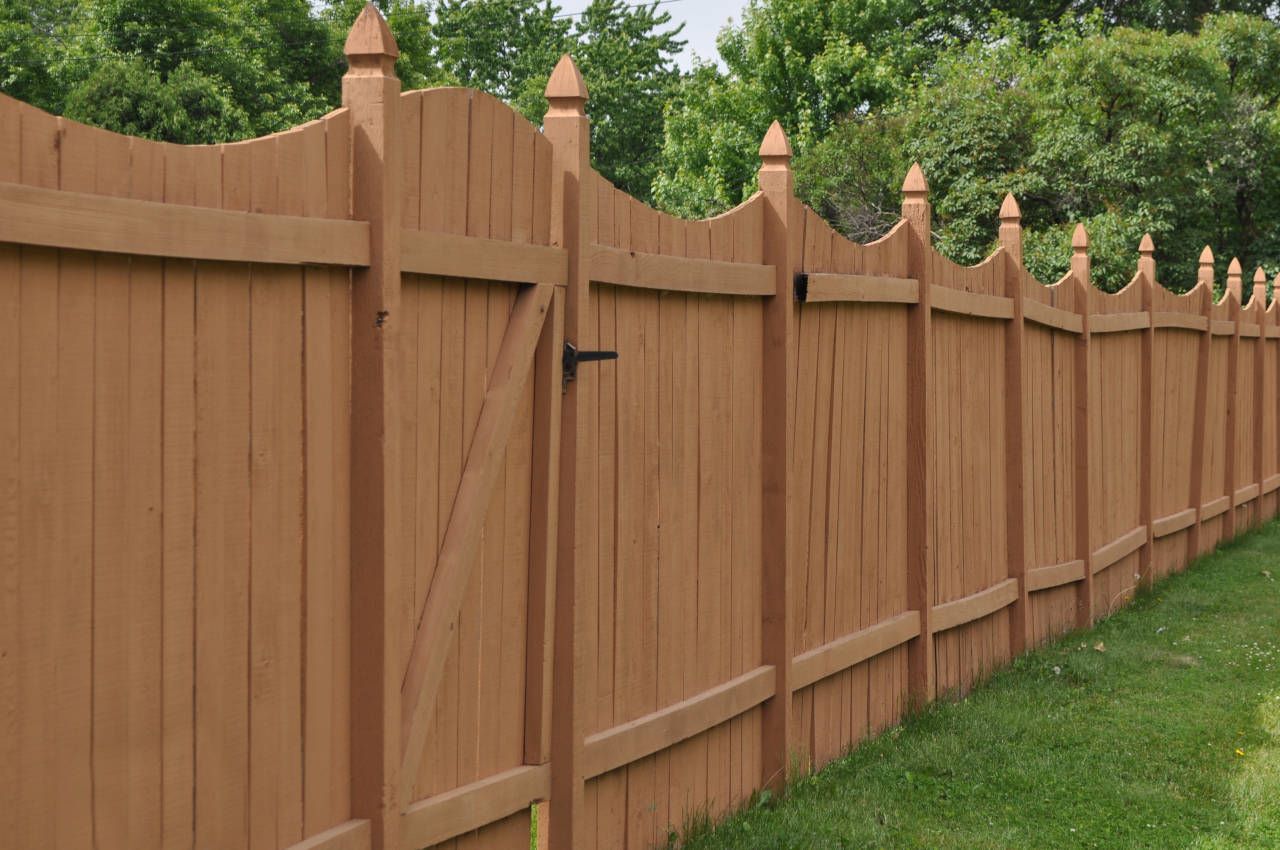

Articles
How Do Fence Companies Find Property Lines
Modified: August 27, 2024
Looking for articles on how fence companies determine property lines? Find out the methods they use and the tools involved in this informative guide.
(Many of the links in this article redirect to a specific reviewed product. Your purchase of these products through affiliate links helps to generate commission for Storables.com, at no extra cost. Learn more)
Introduction
Property lines are a critical aspect of any construction or fencing project. Knowing the exact boundaries of a property ensures that the fence aligns correctly and doesn’t encroach on neighboring properties. Fence companies play a crucial role in finding and understanding property lines to ensure the success of their projects.
In this article, we will explore how fence companies go about finding property lines. From understanding the concept of property lines to utilizing various tools and techniques, we will delve into the methods used by these companies to ensure accuracy and compliance with local regulations.
Property line disputes can quickly escalate, leading to strained relationships and costly legal proceedings. Fence companies alleviate this stress by employing experts who are knowledgeable in property laws and surveying methods. By understanding property lines, they can provide their clients with accurate and reliable fence installations, avoiding any potential conflicts.
So, let’s dive into the world of fence companies and their methods of finding property lines.
Key Takeaways:
- Accurate property line identification is crucial for fence companies to ensure legal and conflict-free installations. Utilizing advanced surveying tools, public records, and collaborations with professionals, they guarantee precise and compliant projects.
- Compliance with state and local regulations is essential for fence companies to avoid legal issues. By staying updated and collaborating with property owners and professionals, they ensure accurate installations within legal boundaries.
Read more: How To Find Home Repair Companies
Understanding Property Lines
Property lines are imaginary lines that define the boundaries of a specific piece of land. These lines determine the extent of a property owner’s rights and responsibilities. They indicate where one property begins and another ends, ensuring clear separation between neighboring properties.
Property lines are typically established through surveys conducted by licensed surveyors. These surveys involve measuring and mapping the boundaries of a property, taking into account legal descriptions, deed records, and any existing survey markers.
It’s important to note that property lines can be subject to interpretation and may not always align with visible features such as fences, walls, or natural landmarks. Therefore, it is crucial for fence companies to conduct thorough research and utilize accurate surveying methods to determine the precise location of property lines.
When working with clients, fence companies often start by reviewing the property’s legal documents, such as the deed or property survey. These documents provide essential information about the property’s boundary lines, easements, and any restrictions on building or fencing projects.
Fence companies also rely on the expertise of licensed surveyors to physically locate and mark the property lines. Surveyors use a range of tools and techniques to measure distances, angles, and elevations, ensuring accurate boundary identification. They may employ total stations, GPS systems, and even aerial imagery to conduct their surveys.
Once the property lines are determined, fence companies can plan the installation of fences or other structures accordingly. They will ensure that the fence is placed entirely within the boundaries of the property, without encroaching on any neighboring land.
Understanding property lines is crucial for fence companies to provide their clients with accurate and reliable services. By adhering to the established boundaries, fence companies help maintain a clear and legal separation between properties, preventing any potential conflicts or disputes.
Surveying Tools and Techniques
To accurately locate property lines, fence companies rely on various surveying tools and techniques. These tools and techniques help surveyors measure distances, angles, and elevations, providing precise data for determining property boundaries.
One of the primary surveying tools used by fence companies is a total station. A total station is an electronic instrument that combines the functions of a theodolite (used for measuring angles) and an electronic distance meter (used for measuring distances). The total station allows surveyors to both measure angles and distances simultaneously, thus increasing efficiency and accuracy.
In addition to total stations, global positioning system (GPS) technology is widely used in surveying. GPS receivers can determine precise positions by receiving signals from satellites. This technology allows surveyors to accurately mark and map property boundaries, even in remote or challenging terrain.
Aerial imagery, including satellite imagery and unmanned aerial vehicles (UAVs), is another valuable tool that fence companies utilize. High-resolution aerial images provide a bird’s-eye view of the property, allowing surveyors to identify landmarks and potential boundary markers. This technology is especially useful for large-scale or inaccessible properties.
Surveyors also rely on traditional techniques such as measuring tapes, theodolites, and levels. These tools provide accurate measurements of distances, angles, and elevations, especially in areas where modern technology may be less effective.
Once the surveyors have gathered the necessary data, they can create detailed maps and drawings that clearly depict the property lines. These maps serve as valuable references for fence companies when planning and executing their installation projects.
It’s important to note that the choice of surveying tools and techniques may vary depending on the specific project requirements, terrain conditions, and local regulations. Fence companies work closely with licensed surveyors to determine the most appropriate tools and techniques for each property survey.
By utilizing advanced surveying tools and techniques, fence companies can ensure accurate location and identification of property lines. This precision is vital in determining the exact positioning of fences and avoiding any encroachment on neighboring properties.
Utilizing Public Records and Surveys
When it comes to finding and verifying property lines, fence companies often turn to public records and surveys for valuable information. These resources provide important data that helps ensure accuracy and compliance with local regulations.
Public records, such as deeds and property surveys, play a significant role in understanding property boundaries. Deeds contain legal descriptions of the property, including metes and bounds, which specify the precise measurements of the property lines. Fence companies carefully review these documents to gain insight into the boundaries and any potential easements or restrictions that may affect the installation of fences.
Property surveys are another essential resource that fence companies utilize. These surveys, conducted by licensed surveyors, accurately measure and map the boundaries of a property. They provide critical details about the property lines, including the location of corner markers or boundary monuments.
By examining public records and surveys, fence companies can establish a starting point for their own surveying efforts. These documents provide essential information that guide the fieldwork and ensure adherence to the legal boundaries of the property.
In cases where an existing property survey is outdated or unavailable, fence companies may opt to conduct a new survey. This ensures the most accurate and up-to-date information for determining property lines.
During the surveying process, fence companies work closely with licensed surveyors to verify and confirm the boundaries of the property. Through meticulous measurements and analysis, they compare the existing property lines against the public records and surveys, ensuring consistency and accuracy.
It’s worth noting that relying solely on public records and surveys may not always be sufficient. In certain situations, fence companies may encounter discrepancies or ambiguities in the available documents. In such cases, they may need to collaborate with property owners, land developers, and even neighboring property owners to resolve any uncertainties and achieve a clear understanding of the property lines.
Utilizing public records and surveys is a critical step in the process of finding property lines. By accessing and analyzing the relevant data, fence companies can ensure compliance with legal boundaries and avoid potential conflicts with neighboring properties.
Fence companies can find property lines by using a metal detector to locate property markers, consulting the property deed or survey, and hiring a professional surveyor for accurate measurements.
Collaborating with Property Owners and Land Developers
Collaborating with property owners and land developers is an essential aspect of the process for fence companies when it comes to finding property lines. By working closely with these stakeholders, fence companies can gather valuable information and ensure accurate installation projects.
Property owners are a valuable source of information regarding the history and boundaries of their property. Fence companies often consult property owners to understand any existing surveys, property markers, or known boundary disputes. By collaborating with property owners, fence companies can gain insight into the property’s unique characteristics and potential challenges that may affect the installation of fences.
Land developers are involved in the planning and development of properties, and they play a crucial role in the construction and installation of fences. Fence companies often collaborate with land developers to understand the overall layout and subdivision plans of a property. This collaboration helps establish a clear understanding of property lines, ensuring that the installation of fences aligns with the larger development plans.
In some cases, fence companies may need to work with neighboring property owners to resolve any disputes or discrepancies regarding property lines. Fence installations that are in close proximity to property boundaries require careful coordination and collaboration to ensure that boundaries are accurately determined and respected.
During the collaboration process, fence companies communicate and coordinate with property owners and land developers to gather necessary documents, such as property surveys, subdivision plans, or easement agreements. These documents provide vital information about the property lines and any relevant legal constraints that need to be considered during the fence installation process.
Open and transparent communication with property owners and land developers is paramount for fence companies to ensure that all parties have a clear understanding of the project requirements and boundaries. This collaboration ensures that the fence installation is carried out smoothly, without any conflict or ambiguity regarding property lines.
By collaborating with property owners and land developers, fence companies can gather important insights, access critical documents, and establish a strong foundation for accurate fence installations. This collaboration not only ensures compliance with property boundaries but also fosters positive relationships and successful projects for all parties involved.
Read more: How To Find Property Assessment Value
State and Local Regulations
State and local regulations play a significant role in the process of finding property lines for fence companies. These regulations provide guidelines and requirements that fence companies must adhere to when installing fences and determining property boundaries.
Each state has specific laws and regulations that govern property boundaries, easements, zoning, and fence installations. Fence companies must familiarize themselves with these regulations to ensure compliance and avoid any legal issues.
State regulations often outline the types of fences allowed, their heights, setback requirements, and any necessary permits or approvals. Fence companies must carefully review these regulations to ensure that the proposed fence installation meets all requirements.
Local regulations, which include city or county ordinances, may have additional restrictions or specifications. These regulations address factors such as the use of materials, fence color, and architectural compatibility with the surrounding area. Fence companies must thoroughly research and comply with these local ordinances to ensure that the fence installation aligns with the community’s standards.
In some cases, there may be homeowner association (HOA) regulations or covenants that dictate specific fence guidelines within planned communities or subdivisions. Fence companies need to work closely with homeowners and HOA representatives to understand and follow these guidelines, ensuring a harmonious integration of the fence within the neighborhood.
Fence companies often collaborate with local government agencies or building departments to obtain the necessary permits and approvals for fence installations. These agencies review the proposed fence plans to ensure that they comply with all applicable regulations and are in alignment with the property boundaries. Working closely with these agencies helps fence companies navigate the bureaucratic process and ensures that the installation is carried out legally and within the established guidelines.
State and local regulations regarding property boundaries are designed to protect property rights, ensure public safety, and preserve the aesthetics of a neighborhood. Fence companies must educate themselves on these regulations and communicate them clearly to their clients. By doing so, they can ensure that the fence installation is in compliance with all legal requirements, preventing any potential conflicts or penalties.
Staying up to date with state and local regulations is an ongoing responsibility for fence companies. Changes in zoning or property laws may impact fence installations, requiring companies to adapt their practices accordingly. By proactively monitoring and complying with these regulations, fence companies can provide their clients with reliable and legally compliant fence installations.
Collaborations with Other Professionals
Collaborating with other professionals is a common practice for fence companies when it comes to finding property lines. These collaborations help ensure accuracy, efficiency, and compliance with regulations throughout the process of installing fences.
Licensed surveyors are key collaborators for fence companies. Surveyors have expertise in accurately measuring and mapping property boundaries. They utilize various surveying techniques and tools to determine the exact location of property lines. Fence companies often work closely with surveyors to verify existing property surveys, conduct new surveys when necessary, and confirm the boundaries before installing fences. The knowledge and skills of surveyors are indispensable in ensuring that the fences are properly placed within the property lines.
Property attorneys also play a vital role in collaborations with fence companies. These professionals have in-depth knowledge of property laws, easements, and restrictions. Fence companies often consult property attorneys to ensure that their installations comply with legal requirements and to address any potential issues related to property boundaries and neighboring properties. The expertise of property attorneys can help fence companies navigate complex legal matters and provide guidance on property line disputes, ensuring the installations are legally sound.
Engineers are another group of professionals that fence companies collaborate with. Engineers provide valuable insights into the structural integrity of the fence design, especially in cases where the fence may be installed in challenging or unstable terrain. Their expertise ensures that the fence is not only aesthetically pleasing but also structurally sound and capable of withstanding various environmental factors. Collaborating with engineers helps fence companies create safe and secure fence installations.
Furthermore, local government officials, such as building departments and code enforcement officers, are important collaborators in ensuring compliance with local regulations. Fence companies work closely with these officials to obtain the necessary permits and approvals for fence installations. They review the proposed plans and ensure that the installations meet all building codes and zoning requirements. By collaborating with local government officials, fence companies ensure that their projects align with the established guidelines, avoiding any potential violations or penalties.
Collaborations with other professionals provide fence companies with the necessary expertise and resources to accurately determine property lines and ensure compliance with legal and regulatory requirements. These collaborations contribute to the successful execution of fence installations, mitigate potential risks, and provide clients with confidence in the accuracy and quality of the services provided by fence companies.
Conclusion
Finding property lines is a crucial undertaking for fence companies. Understanding the boundaries of a property ensures accurate fence installations and helps prevent conflicts or legal disputes with neighboring properties. Throughout the process, fence companies employ various methods, tools, and collaborations to ensure accuracy, compliance with regulations, and successful projects.
By understanding the concept of property lines, fence companies lay the foundation for their work. Property lines are determined through surveys conducted by licensed surveyors who utilize advanced tools and techniques such as total stations, GPS systems, and aerial imagery. These tools allow for precise measurements and mapping, ensuring accurate identification of property boundaries.
Utilizing public records and surveys also plays a vital role in finding property lines. Fence companies review legal documents, such as deeds and property surveys, to gain insight into the boundaries, easements, and restrictions of a property. These documents serve as valuable references for accurate fence installations.
Collaborating with property owners, land developers, and other professionals is essential. Collaborating with property owners provides valuable information about the history and nuances of the property, while working with land developers ensures alignment with larger development plans. Collaborations with licensed surveyors, property attorneys, engineers, and local government officials help ensure compliance with regulations, resolve disputes, and create structurally sound and legally compliant installations.
Furthermore, staying up to date with state and local regulations is crucial. Fence companies must familiarize themselves with the regulations governing property boundaries, fence installations, and permits. Compliance with these regulations helps maintain the integrity of the project and ensures that the installation is carried out legally and in accordance with the guidelines set by the authorities.
In conclusion, fence companies put significant effort into accurately finding property lines to provide their clients with reliable and compliant fence installations. Through a combination of surveys, collaborations with professionals, and adherence to regulations, fence companies ensure accuracy, efficiency, and success in their projects. By understanding the importance of property lines and employing the right methods and collaborations, fence companies contribute to the establishment of clear boundaries, seamless installations, and the maintenance of positive relationships with property owners and neighboring properties.
Frequently Asked Questions about How Do Fence Companies Find Property Lines
Was this page helpful?
At Storables.com, we guarantee accurate and reliable information. Our content, validated by Expert Board Contributors, is crafted following stringent Editorial Policies. We're committed to providing you with well-researched, expert-backed insights for all your informational needs.



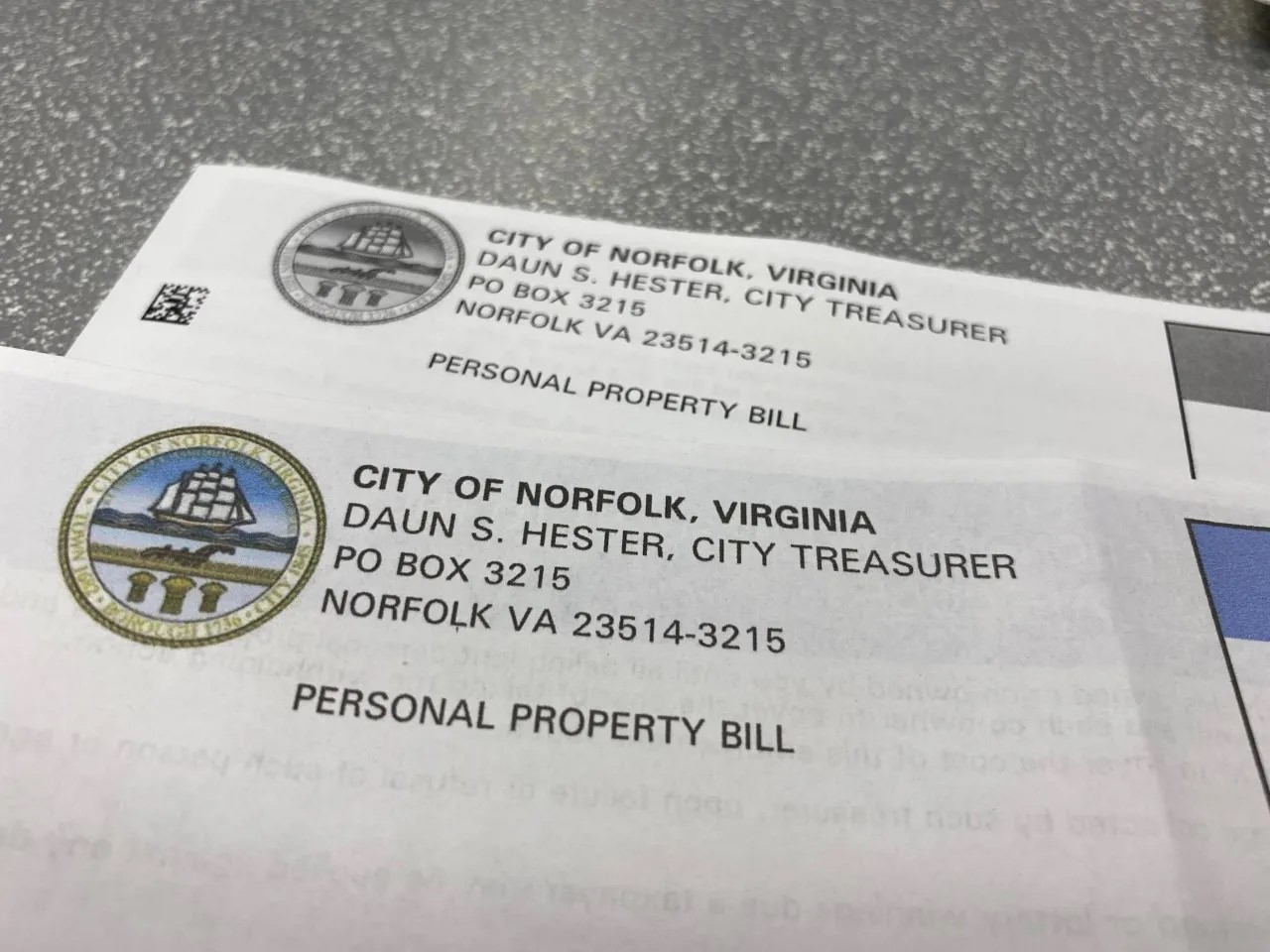
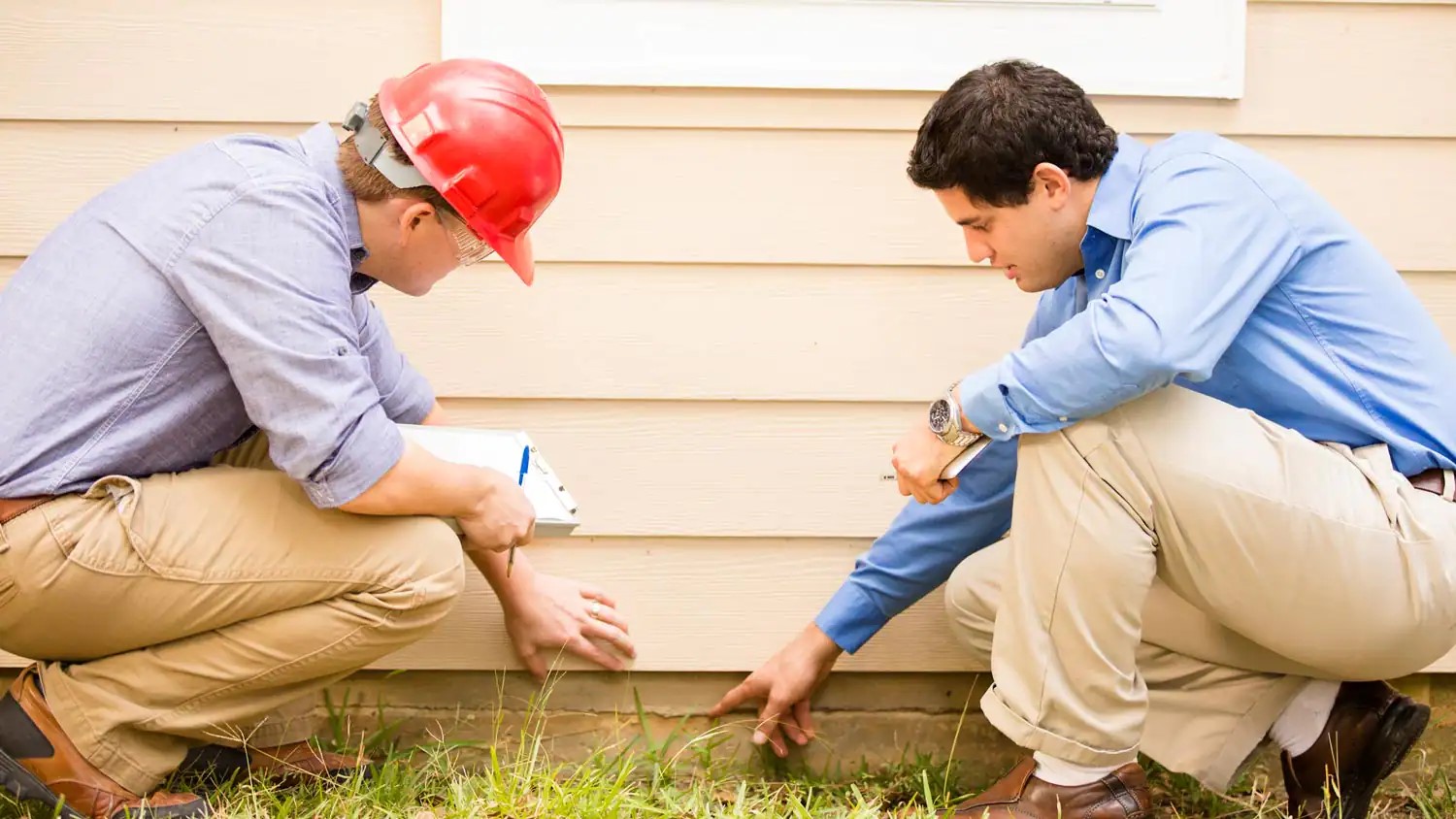

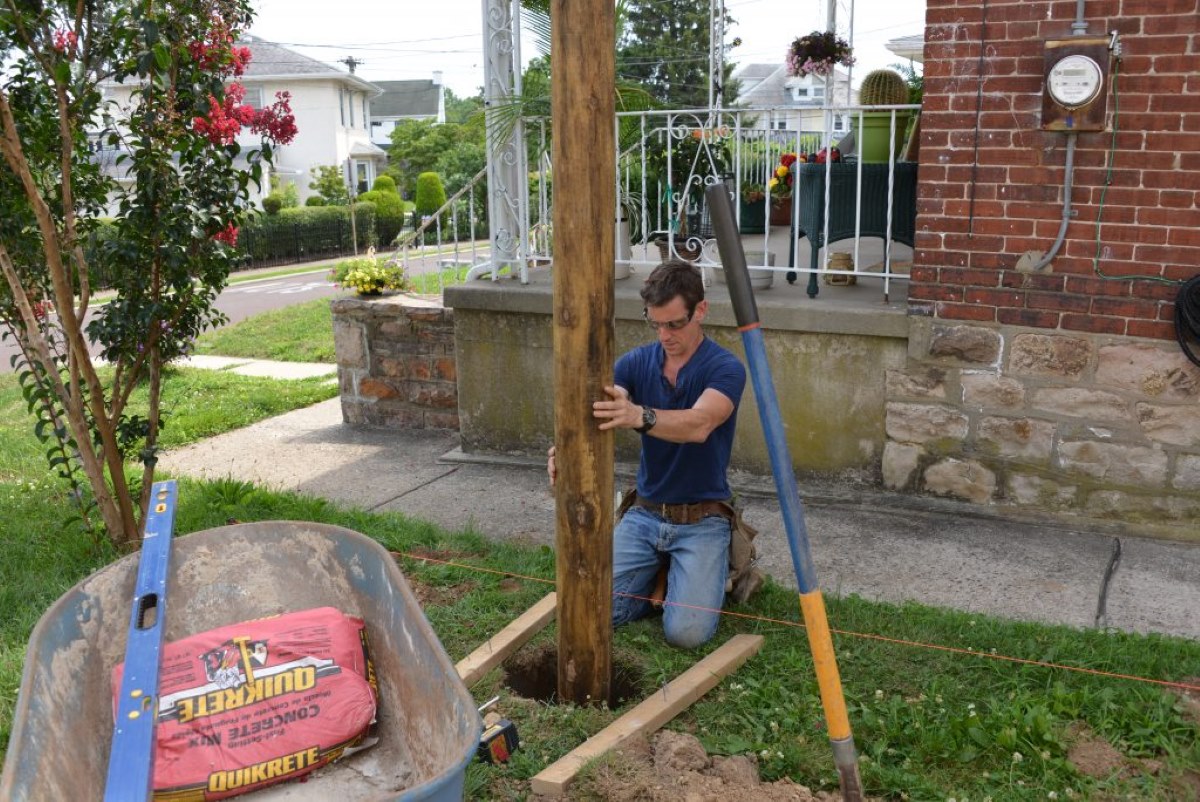
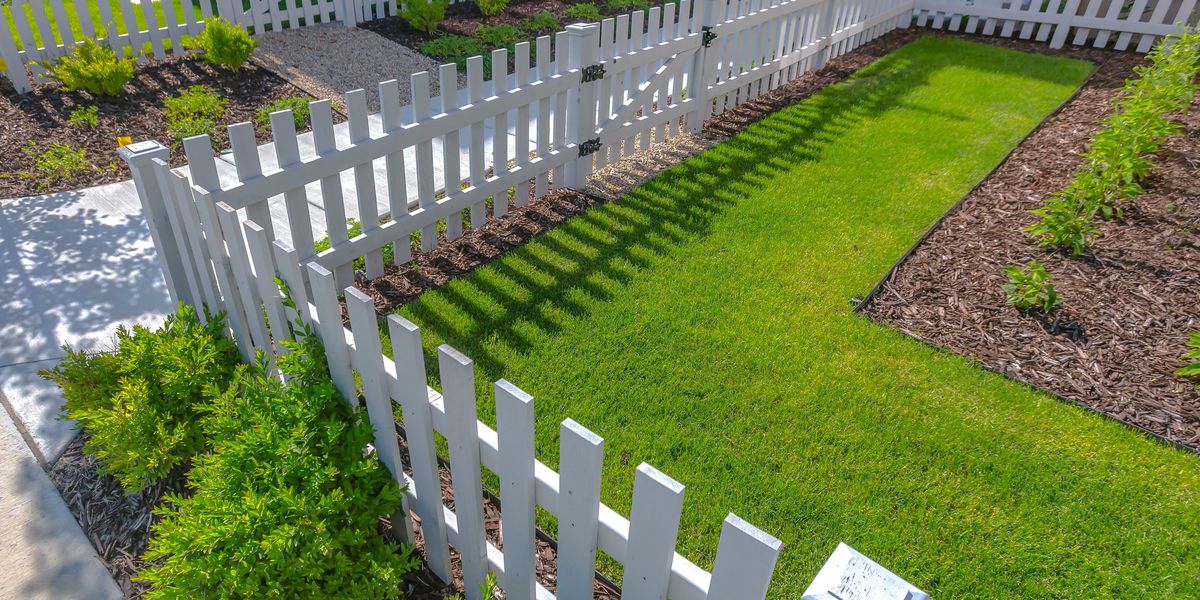


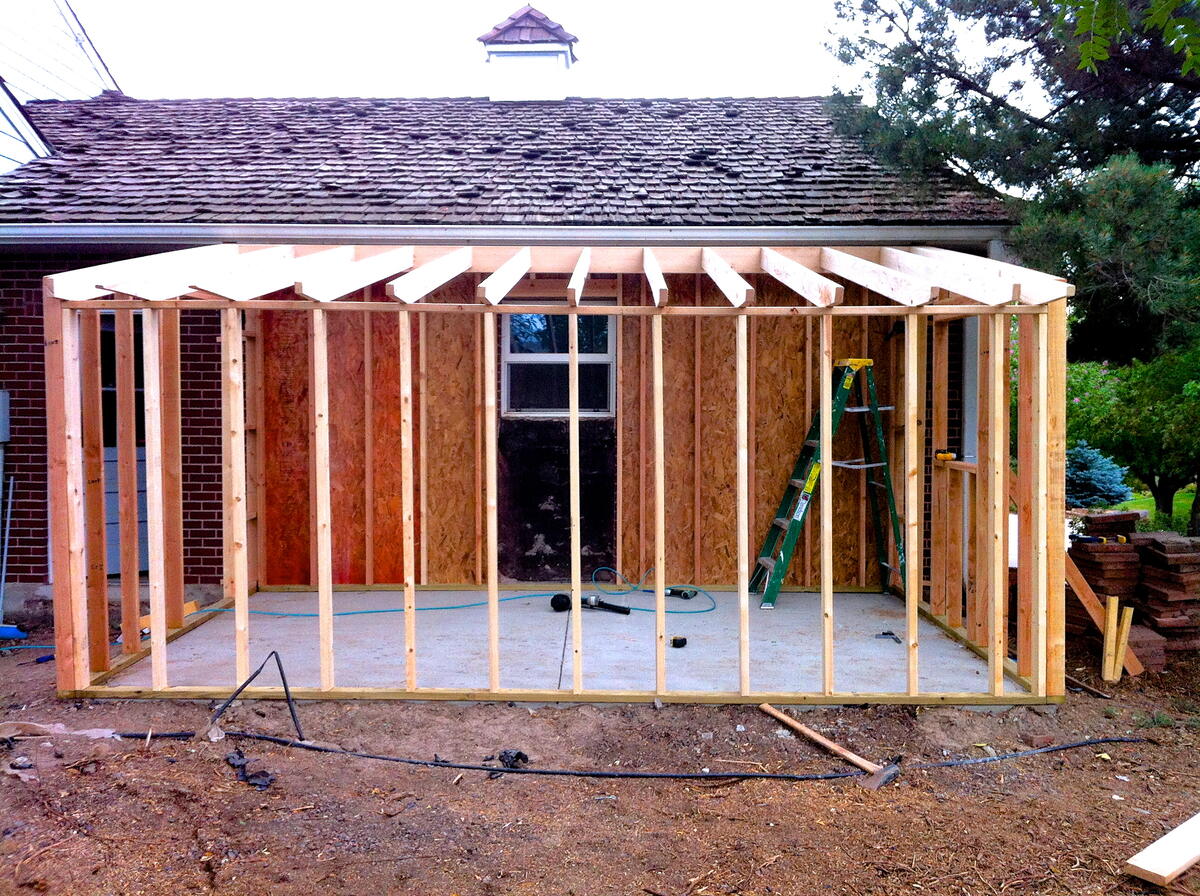


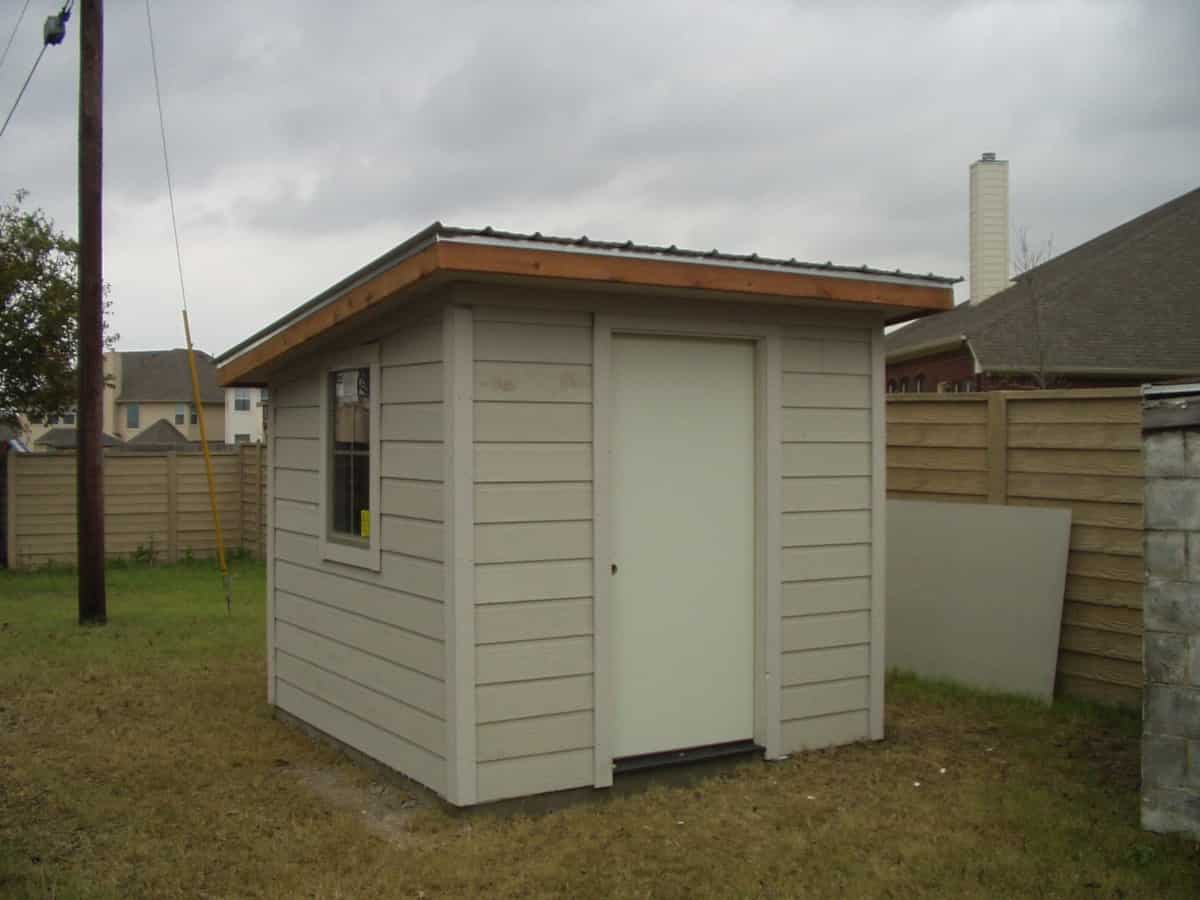

0 thoughts on “How Do Fence Companies Find Property Lines”